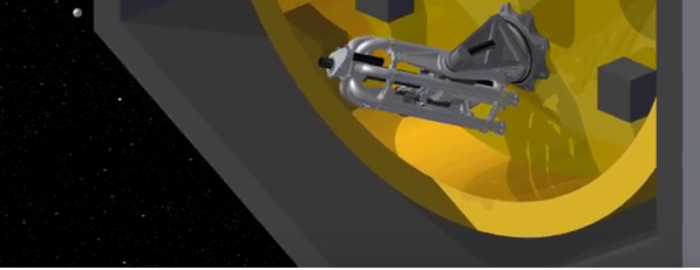NASA is known for coming up with some outlandish exploratory robots and systems.
A new crazy concept has been recommended to the agency and and it now may consider shooting a ‘space shotgun’ at nearby asteroids as part of its Asteroid Redirect Mission (ARM), hoped to launch by 2020.
New York-based company, HoneyBee Robotics, whose specialties in planetary exploration include robotic drilling, processing, and sampling systems, has been helping NASA produce parts for some of its major missions for years.
The company delivered systems for the last three Mars landers – including the first drill to look inside of a rock on Mars and the sample-handling robot inside the Mars Science Laboratory.
The purpose of NASA’s Asteroid Redirect Mission is to capture a large boulder from the surface of an asteroid and transport it to a spot between the Earth and the Moon’s orbits.
Of course a mission of this nature comes with a variety of risks, including lack of knowledge about the composition and strength of an asteroid.
To minimize the associated risks, HoneyBee Robotics developed the Shotgun concept.
“The Shotgun system would reduce the risk by firing small projectiles (‘balls’) at the surface of the asteroid or boulder,” according to the HoneyBee Robotics YouTube channel.
How it would work
According to HoneyBee Robotics:
If a ball impacts regolith (the unconsolidated rocky material covering the bedrock) it will form a crater whose size is a function of regolith strength and density.
If a ball impacts a coherent boulder, it will bounce back at a certain speed, whose value is proportional to rock strength.
If the rebound speed cannot be measured, hollow balls packed with retroreflectors (similar to paintballs) could be used instead.
The shell of such balls can be designed to crack open and release retroreflectors when impacting rock above the threshold strength required for successful boulder retrieval.
Watch the video below for a better understanding of how the asteroid shotgun would work.

